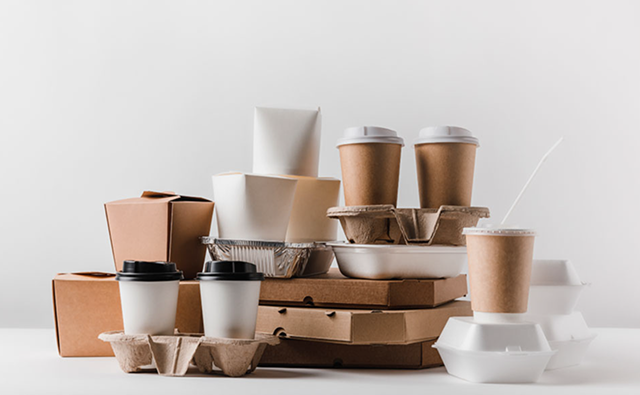Industry News, Coatings
Interview: “Multiple opportunities for coatings developers”

Industry News, Coatings

Dr Harrison Gallantree-Smith: Cellulose is the world’s most abundant polymer, with multiple sustainable sources available. Its bio-based nature and biodegradability, including its modifiability, offer multiple opportunities for coatings developers. Cellulose modification has advanced to the stage that coatings producers can impart many unique and beneficial properties within coatings formulations whilst at the same time maintaining their sustainability.
The ability to modify cellulose’s structure to manufacture cellulose ethers and esters has provided the coatings industry with additives that impart both rheological and barrier properties. Recent technological innovation in nanocelluloses, such as microfibrillated cellulose (MFC), has also widened the scope of what cellulose can offer in terms of beneficial properties whilst simultaneously improving the sustainability of bio-based coatings.
Gallantree-Smith: As discussed earlier, cellulose is an umbrella term for many different products. The main differentiation can be resolved with soluble and non-soluble cellulose-based products. As an example, HEC and MFC each contribute their own advantages and disadvantages when used in water-borne systems.
Both can impart useful rheological properties within a water-borne coating’s formulation, including greater formulation stability. However, water-soluble cellulosics can suffer from issues to do with pH tolerance and microbial resistance in paints, while non-soluble cellulosics can negatively impact the gloss of the final coating. Today, the industry has made progress in overcoming these challenges, offering cellulose-based technologies by way of viable and sustainable alternatives.
Gallantree-Smith: One promising area is that of barrier coatings. This application area is becoming increasingly focused on sustainability and biodegradability. Today, food-packaging is coming under scrutiny and needs to become more environmentally friendly through the removal of non-biodegradable components, such as extrusion polymers like polyethylene.
This is an area where readily biodegradable cellulose products can become a potential replacement. Cellulose technologies can provide food-packaging with the necessary barrier properties, such as oxygen and grease barriers, whilst at the same time being non-toxic and biodegradable. This in turn can have a positive impact by nudging development in the direction of more sustainable food packaging.